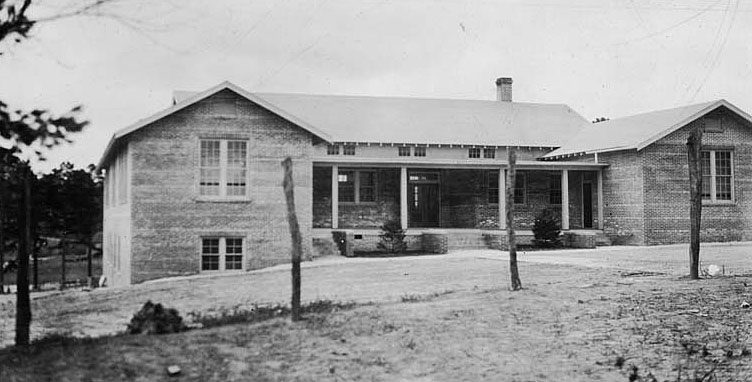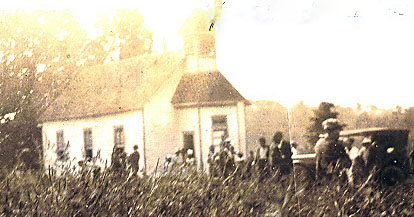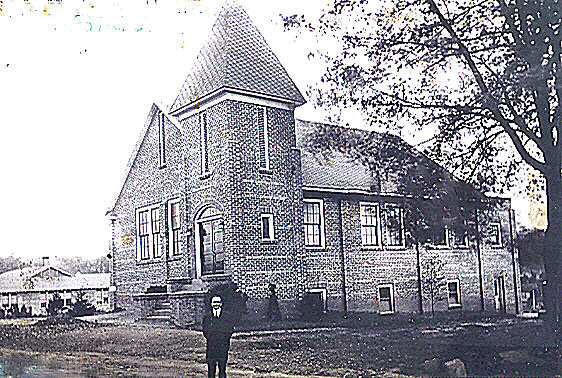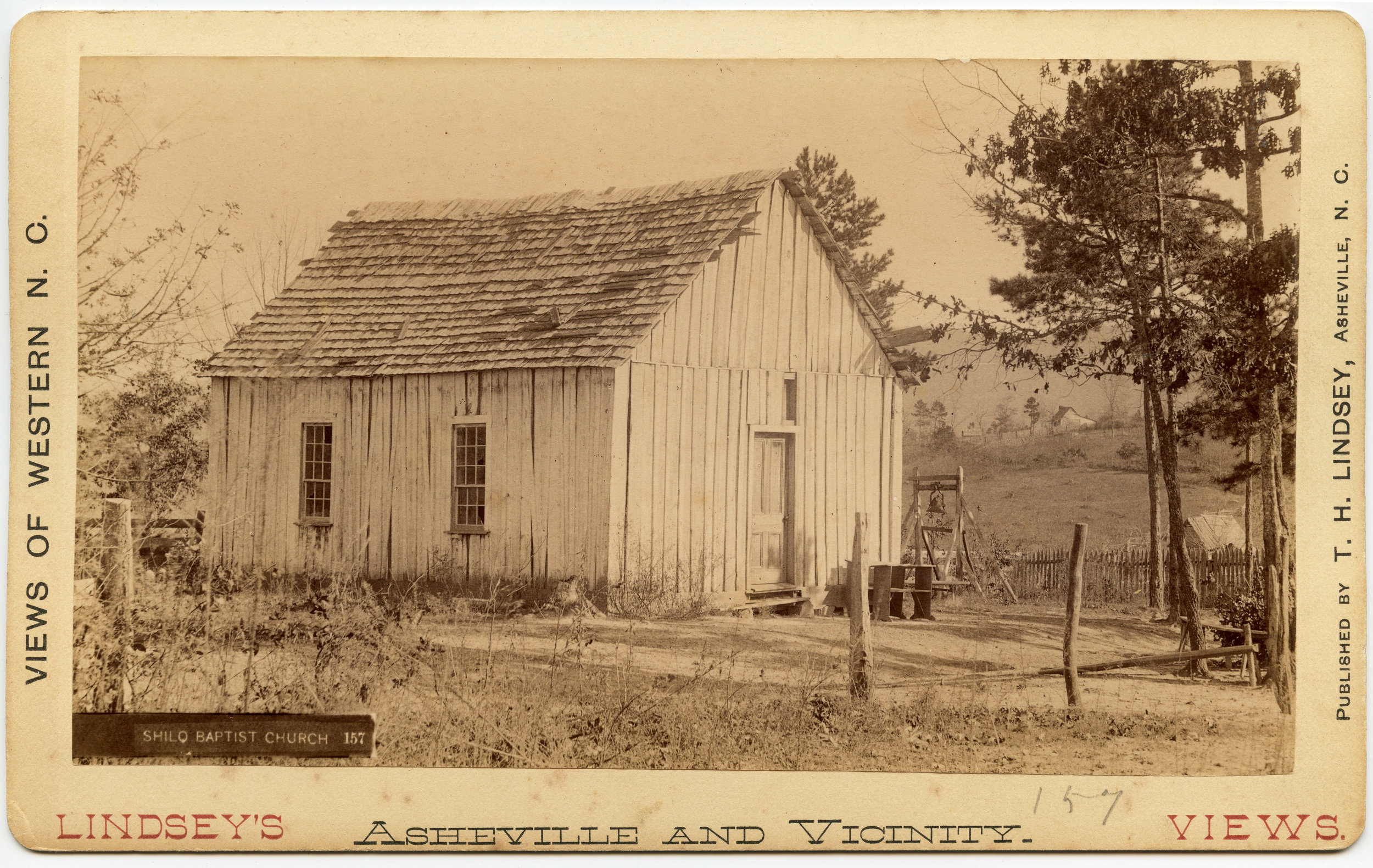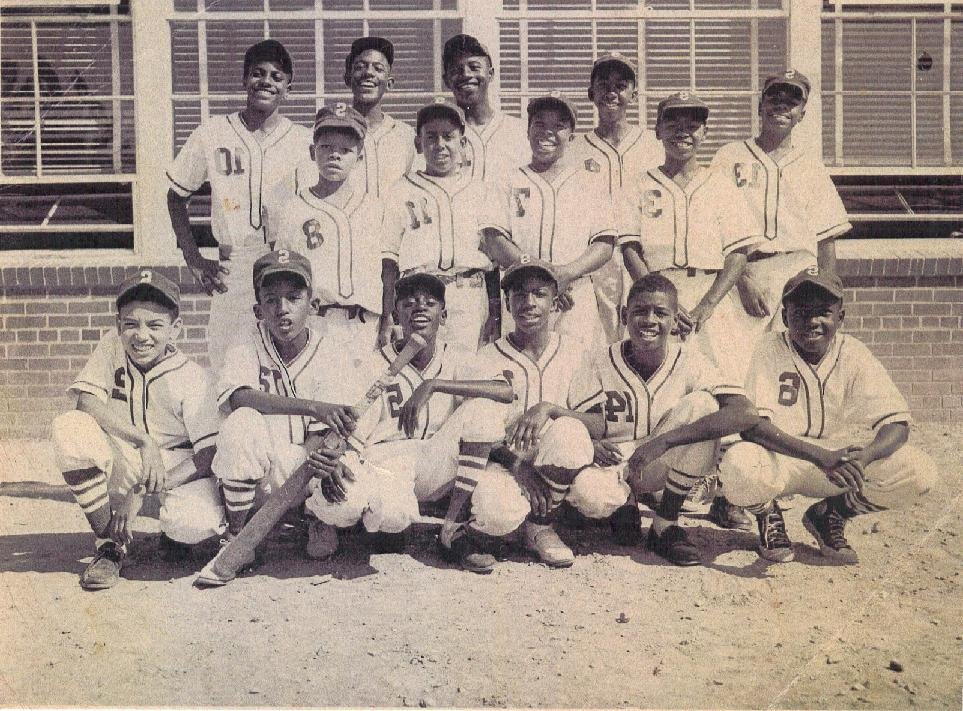Intro
The community of Shiloh, a biblical name generally denoting the Messiah, or the Peaceful One, is located in south Asheville. The area is defined as that community located between Hendersonville and Sweeten Creek Roads, bounded on the north by I-40 and on the south by Rock Hill Road. Shiloh is a historically African-American community that has been continuously inhabited since the late 1880’s.
The African-American population in Shiloh began as a small group of distantly related relatives in the late 19th century. African Americans also settled in smaller neighborhoods near Shiloh during and after that time. Two of those neighborhoods are Rock Hill and Petersburg, located opposite Sweeten Creek Road. Brooklyn, another small neighborhood in the Shiloh vicinity, was dismantled when I-40 was built through it. These areas are considered by many to be part of Shiloh.
Older residents refer to Shiloh as new Shiloh. New Shiloh evolved and prospered around three cornerstones: its churches, its school, and its people. According to oral and church histories, old Shiloh was located north of the Biltmore Estate. When George Vanderbilt bought the land for his mountain home in the late 1880’s he moved the entire community, including Shiloh Church and the church cemetery to its current location.
Click photo to see more.
The Churches
As in many neighborhoods, the early churches in Shiloh have long served as an important cornerstone to the heritage and development of the community. Three of the earliest churches are of special note:
Shiloh A.M.E. Zion Church, Rock Hill Missionary Baptist Church and Brooklyn Mission Church. The original Shiloh A.M.E. Zion Church was established 1874, in old Shiloh. According to the Church’s documented history, the Reverend W. M. Logan, some of whose descendants still live in the community, facilitated the move from old Shiloh to new Shiloh. In 1899 Rock Hill Missionary Baptist Church was established in a small log building on Rock Hill Road. Membership in the Church soon expanded to include residents not only from Rock Hill, but also from Shiloh and the other small neighborhoods surrounding Shiloh.
In 1925, in order to accommodate the Church’s increasing membership, Rock Hill Baptist was relocated in the Shiloh community on Caribou Road, known then as Possum Ridge. In the early fifties the church was moved across the road to its current location. Brooklyn Mission Church, located on Brooklyn Road, may well be the oldest church continuously operating in new Shiloh. In 1923, the property on which the church is located was deeded to the trustees of Brooklyn Mission and First Baptist Holiness Church by Major Henry and his wife, Dixie. These three churches, located in different parts of the community, formed the cornerstones on which the community developed. They continue to be an integral part of the spiritual, cultural, and social fabric of the neighborhood.
The School
Shiloh’s first school for African-American students was a two-classroom building that burned in the early twenties. In 1927, a new, six-room elementary school was erected on a 5-acre site on Shiloh Road next to Shiloh Church. The school was built with public money and a large contribution from the Rosenwald Fund, founded by Julius Rosenwald, president of Sears, Roebuck & Company. Between 1912 and 1932 the Rosenwald Fund sponsored and supported an extensive school building program in an effort to improve the quality of education for African-American children in the South. Shiloh Elementary School was one of more than 4,500 Rosenwald Schools built during that period. The new school was a fire resistant brick structure designed for eight teachers. The school had an auditorium and large front porch that many current residents still remember. In 1950, under the authority of the Buncombe County school system, an addition was added to the rear of the school. At that time, Shiloh Elementary educated African-American students from grades 1-8 from Shiloh, Brooklyn, Petersburg, Rock Hill, and from the more distant communities of Arden, Concord, Fletcher, and Weaverville. The school was a meeting place for local clubs, athletic events, and theater productions. In the segregated society of the time, African-American residents relied on the school as their social and cultural center. In the late 1960’s and early 1970’s during the era of desegregation, most African-American schools in Buncombe County and Asheville were closed and African-American students enrolled in previously all white schools.
Shiloh graduated its last class in 1969. The 1950 addition is still in use, but a decade after the school closed the city demolished the original Rosenwald building and replaced it with a structure that is now part of the Linwood Crump Shiloh Recreation Complex. True to its roots, the Shiloh Recreation Complex continues to be a focal point for community engagement. The Center provides after school and summer youth programs and activities for senior citizens. The Center has a library, a fitness room, and outdoor facilities that include a playground, baseball field, and track for walking and jogging. The Center is a gathering place for social activities and provides meeting space for local organizations, including the Shiloh Community Association. In July 2006, by declaration of the Asheville City Council, the previously named Shiloh Recreation Center was renamed the Linwood Crump Shiloh Recreation Complex to honor Mr. Crump (1944-2005), a strong community activist and advocate for the children of Shiloh. Over the years Linwood coached neighborhood football, basketball and baseball teams. Affectionately known as the “Mayor of Shiloh,” Linwood was an outspoken voice for the community and never shied away from taking community issues to City Hall.
The People
In the early years, most residents of Shiloh were engaged in a variety of employment types ranging from domestic and custodial work to teaching and dentistry. Many residents worked in Biltmore Forest or were laborers on the Biltmore Estate. Still others developed professions providing service to others in the community including midwifery, serving as pastors, and store keeping. Despite tedious jobs and long working hours, the people developed a strong sense of community cohesiveness and made special efforts to give time and support to activities for neighborhood children. Scouting and church clubs were popular youth activities for children who grew up in Shiloh from the late 1940’s through the 1970’s. A prominent organization in those years was the Community League, led by William White, Lawrence Wilson, Clyde Ray and other civic-minded individuals interested in promoting community involvement. The League, and another important community organization, the Shiloh Residents Association, were forerunners of the present-day Shiloh Community Association. In the late forties members of the League purchased property on the corner of Hampton and Century Roads and erected a small building that functioned as Shiloh’s first recreation center. The building was a gathering place for meetings, games, and other neighborhood events. According to Lawrence Wilson, the League had a baseball team and the building was used as a concession stand when the League’s team played games on the school ground across the street. After several decades of use, the building burned and was later demolished but the land continued to be owned by the League until 2005, when the sole surviving trustee of the League, Lawrence Wilson, donated the land to the Shiloh Community Association for the development of a community garden.
The garden was developed in partnership with the Bountiful Cities Project and the Healthy Buncombe Physical Activity and Nutrition Coalition.
Over the years, with improvements in educational, social, and political opportunities for African Americans, Shiloh has also become home to a number of professionals and people with diverse educational backgrounds. Yet the sense of community remains. In recent years, residents have become increasingly concerned about growing commercial development in the area, fearing that the residential single-family environment of the community is being threatened. In 2004, the Shiloh Community Association partnered with Neighborhood Housing Service (NHS) to address concerns about the quality of life in the community. The two groups worked together to revitalize the neighborhood, bring affordable housing to the area, and ensure that the community remains intact for future generations. Since NHS closed its offices, the City of Asheville, along with other community partners, has endeavored to continue this work.
Shiloh history by Anita White-Carter.


